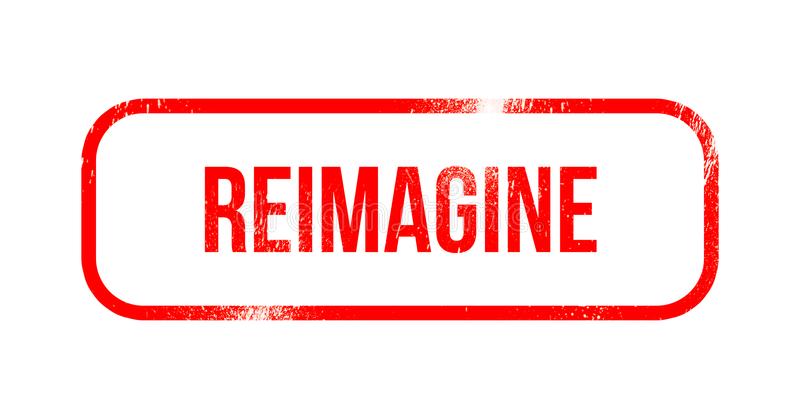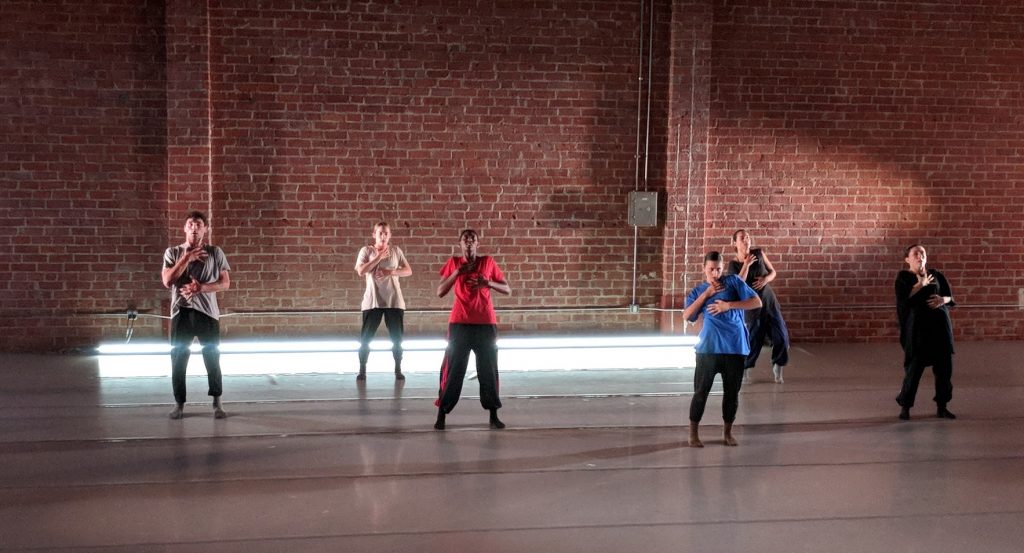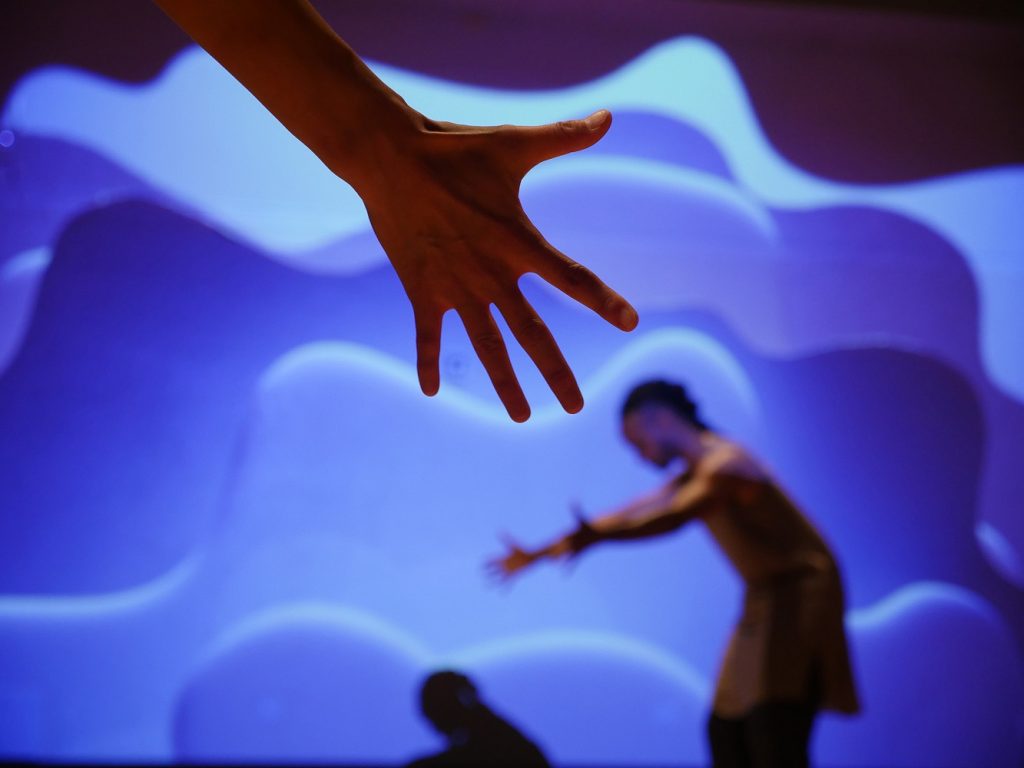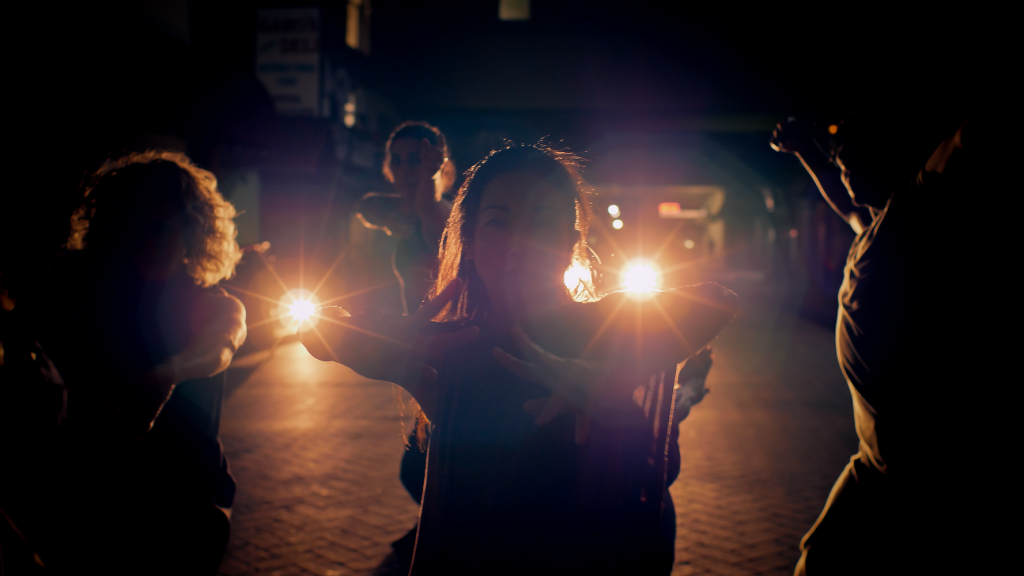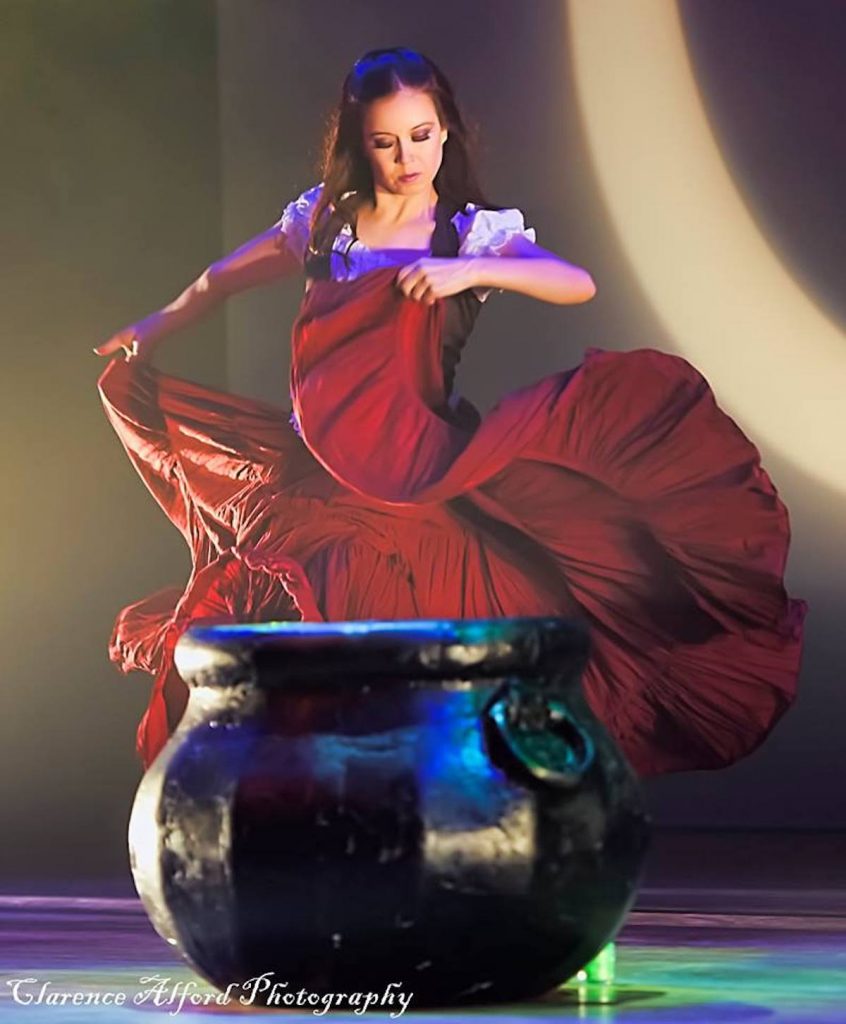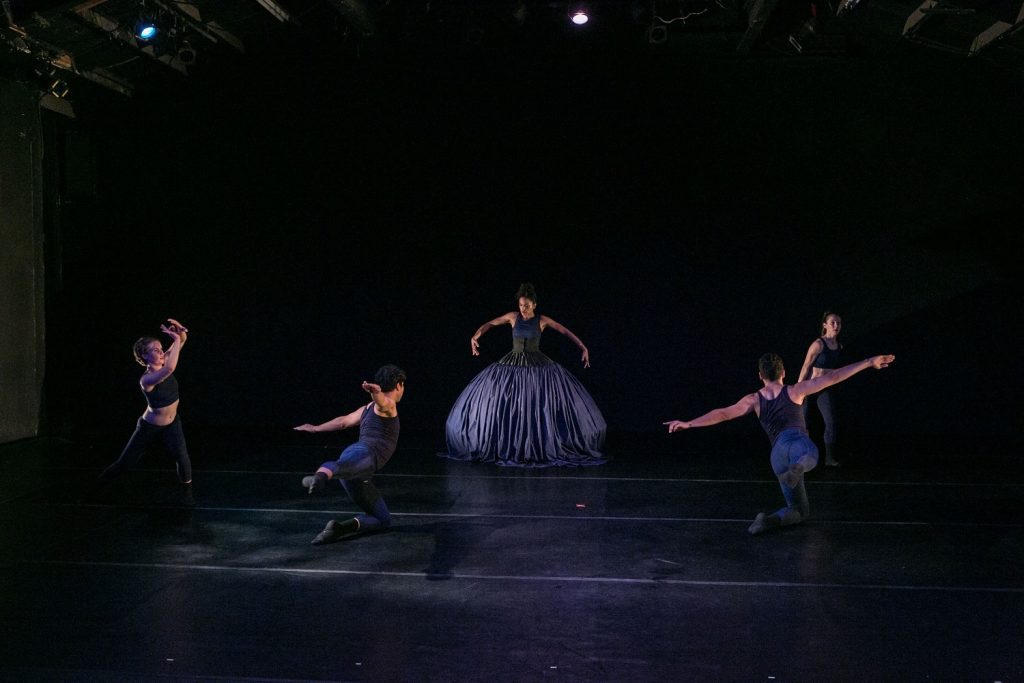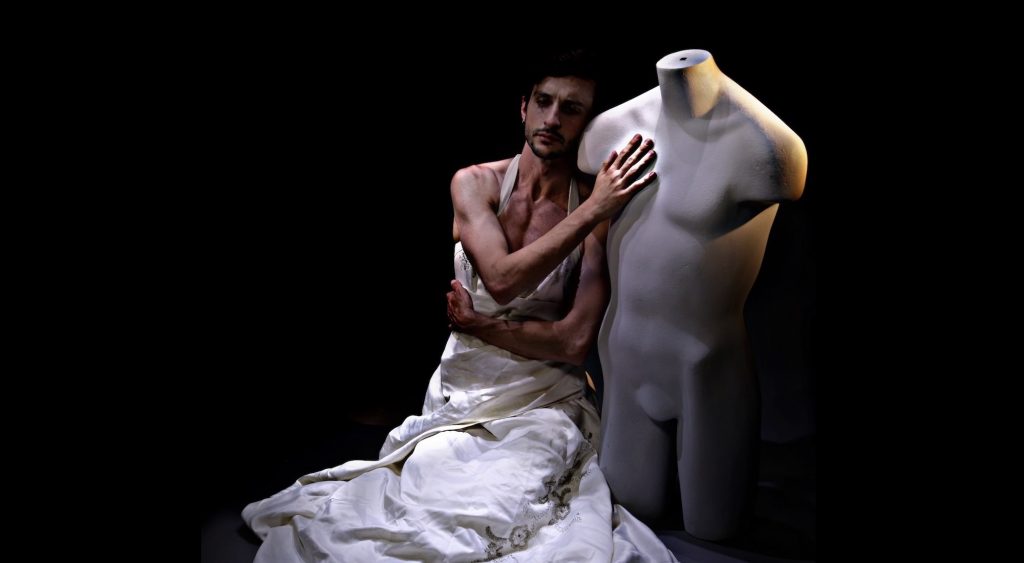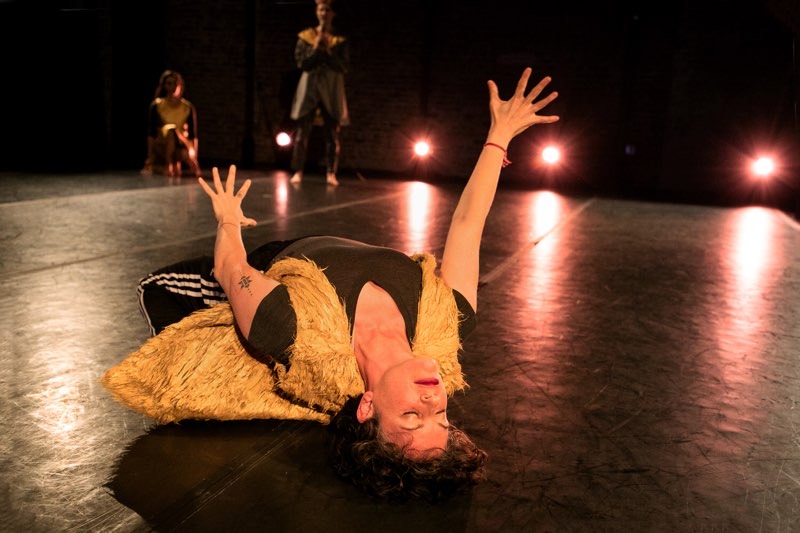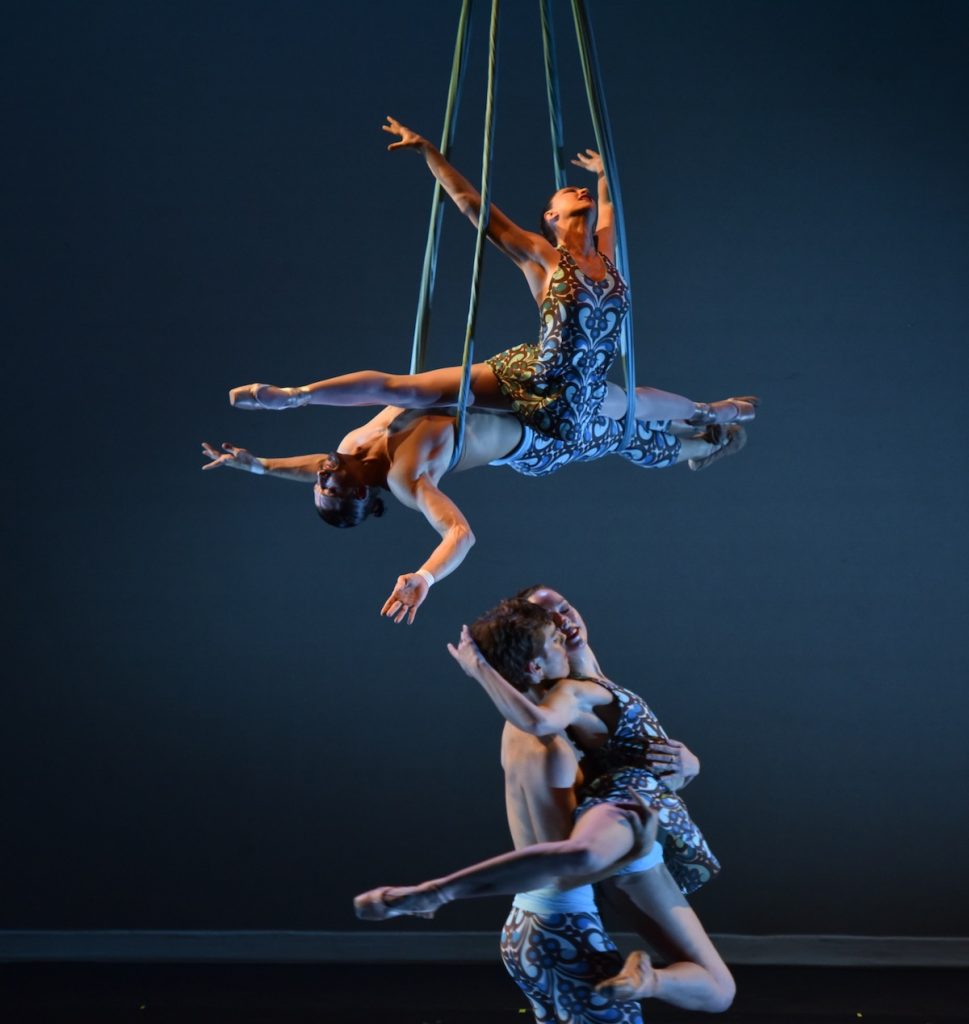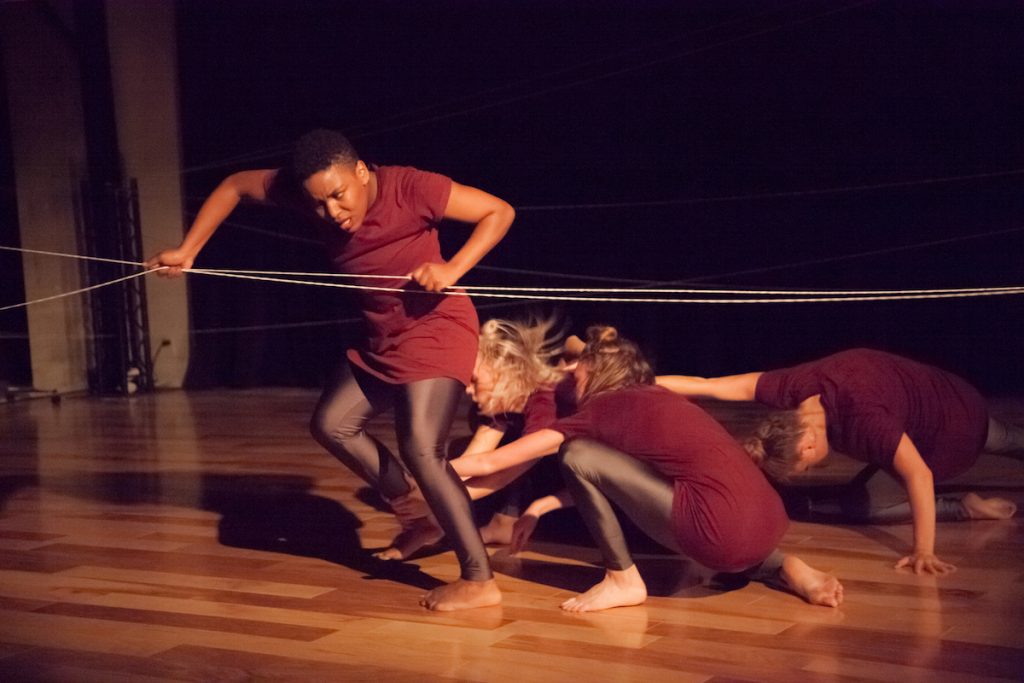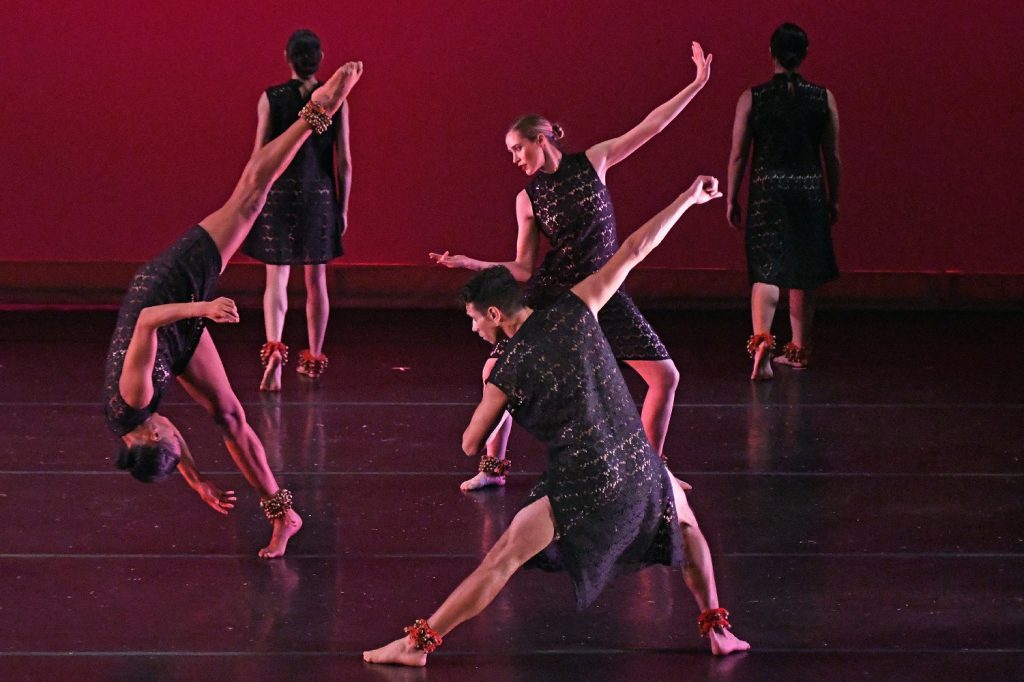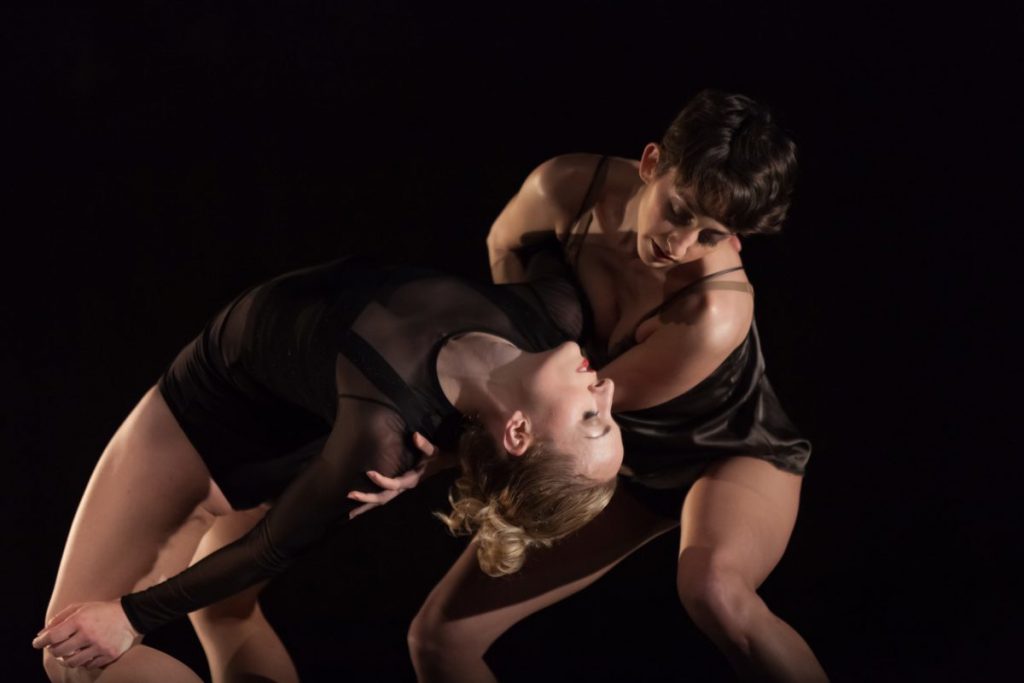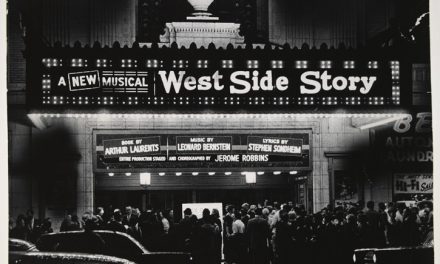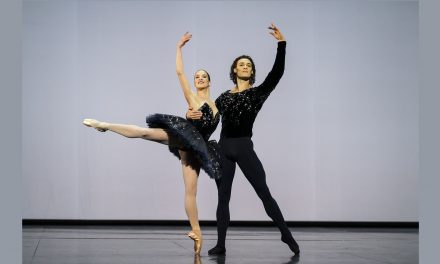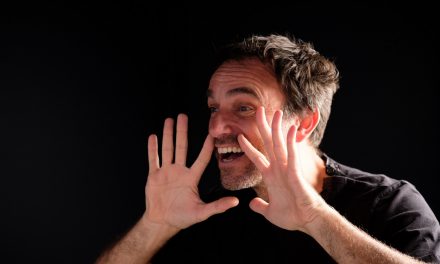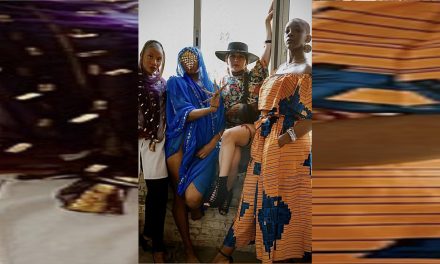In Parts I & II of this series I cover how the artists who answered LA Dance Chronicle’s survey first reacted to the COVID-19, how long it took them to recover from the initial shock of knowing that this pandemic was global, and how they first began working under the new conditions. A few began right away teaching online classes via Zoom, Facebook and Instagram live, several became fast learners on how to create a dance on Zoom and others how to perform live while maintaining the regulated safety standards put out by the CDC and LA’s Mayor Eric Garcetti and California Governor Gavin Newsom. Several companies were urged by grant organizations such as the Los Angeles Department of Cultural Affairs and the National Endowment for the Arts to use the grant money companies were awarded for the 2020 season to create virtual presentations.
Part III will focus on the ways in which these resilient artists did what dancers do best, re-invented themselves – or not, their companies and/or their studios. Sadly, several prominent studios such as we live in space, Pieter, Pacific Arts Center and Dance Studios, Edge Performing Arts Center, and others did not survive through the pandemic shutdown. As of this writing, it is not certain when business will be able to safely reopen, or when dancers will be able to hold in-person classes and rehearsals. This closure of dance studios even made it into a September 2, 2020 Los Angeles Times article written by Staff Writer Makeda Easter titled L.A.’s dance crisis: Studios fight to survive the pandemic.
Bike (Benita Bike DanceArt Company) said that her company is basically in a holding period; hoping that 2021 will be either COVID free or that the live performance safety measures will be instrumented. “Our work is so much about the value of live performance, and I have little interest in creating dance for video. Next year is our 40th anniversary and we’re hoping against hope that we can have a meaningful season, although a late-starting one,” she added.
“We are existing in cyber space as a website and social media presence, but no more as we cannot rehearse together,” Helle (Luminario Ballet) stated. “All posts are generated from past performances or rehearsals. So, there are no plans to re-imagine Luminario Ballet for the current year of 2020.”
“After teaching on Insta live, I began to work on a dance film entitled “Toughskin,” Micaela Taylor (TLC Collective) said. “This was my personal take on all that is happening in our pandemic, civil unrest. I wanted to showcase a group of individuals coming from different backgrounds and cultures committed to connection in dire circumstances.”
The response to this question from DiVito was very moving and inspiring. “Having worked hard all my life…it was rare to stop and listen to the birds or the silence…but at this time, I felt it was important to immerse myself in nature and quietness to counter all the hysteria of the time. I grew a new garden, cooked with friends on Zoom, wrote and read stories to my friends, read great books. Rather than working harder, I decided to pull back and find the treats, the joys in my life that could bring me back to me. I felt at this time, for some reason, I had nothing to prove. We were all in the same boat and I was rediscovering a new life,” she wrote.
Others also tried taking advantage of the shutdown to slow down and “smell the roses” but soon found that it was not to be. Marks had to learn how to teach online classes at UCLA and was finding that she was busier than ever. “ When I wasn’t trying to sort out next moves for the university, I was bereft of response. What to do without the theater? I had just made an evening length work that (thankfully) premiered in February,” she wrote. “That work was now dead. There would be no further performing. So, it felt like a death of sorts. After speaking with a friend, I began to think about making a dance for my backyard. Specifically, for our car port, with the thought that I could invite a few friends to watch from just outside our carport. The thought in my mind was to take a step back from any kind of organized presenting or touring, from whatever business of dance/economy of dance that might have existed. Time to go back to my experience of dancing and making when I was in NYC in the early 80’s. DIY. Make do with what you have. Re-invent.”
With the marches taking place following the murder of George Floyd by police in Minneapolis and in support of the Black Lives Matter movement, Hargraves (Dance Camera West) took this time help support the creation and elevation of new works by BIPOC (Black, Indigenous and People of Color) and Black Artists. “We are working to further diversify our screening committee and Board of Directors. We have the time and focus for this kind of essential work now,” she said. “We are considering outdoor events for our next event. We are in discussions with our worldwide dance festival counterparts to see what makes the most sense to advance the art form in the current situation.”
After prioritizing keeping connected with her company member and maintaining their dance training, Brodie (Nannette Brodie Dance Theatre) moved forward. “I began to plan creative video projects involving about 5 dancers at a time working individually,” she wrote. Pearson (Bodies In Play) said that he was still in the process of questioning himself and where to go next. “I just keep asking questions. What does it mean to be an embodied artist? What is a body in play? What is success? What is connection? What is productivity? What are my contributions? What do I need? What does my community need?”
Stoller (Iris Company) found the possibility of re-imagining her work to be difficult “Iris Company was in a process that was designed for a pre-COVID world, I struggled to be inspired working in the online medium. With Iris rehearsals, we stuck to rehearsing only text on Zoom. Creating movement remotely in our small home spaces felt stifling and uninspired,” she wrote. Stoller also found teaching online classes at Crossroads School for the Arts where she is part-time faculty member to be a challenge but agreed that it was also rewarding.
“We are redoing all of our websites and right now focused on digital visibility,” Brockus (BrockusRED) wrote, “and being very clear to others who we are and what we do.” Regarding her studio, Brockus Project Studios, she stated that nothing was able to be done due to the state and city-wide shutdown. “We are not sure if it will survive – I have time to clean and redo but that would be stupid if we are losing it.”
Everyone is holding on to a strong hope of returning to live performances in theaters and/or other dance venues like studios or outdoor spaces. It is that hope that keeps them from giving up and dissolving their companies. “In the meantime, we will look for alternative theater options to explore different ways we can present work,” Roston (Mixed eMotion Theatrix) writes. “I think it will open both the audience and the performers to new shared experiences. Our company tells stories in movement and we will continue to, wherever that space may be.”
“I called the dancers with words on encouragement, but on receiving the SBA (Small Business Administration) funds,” Reichlin (Los Angeles Choreographers & Dancers) answered. “I contacted the group that had been rehearsing to invite them to continue meetings/rehearsals on Zoom with the money we had received.”
Lavac (Westside School of Ballet) wrote that the Westside School of Ballet decided to make lemonade out of lemons. “It is what it is.” She stated.” We thought – what can we do in getting into dialogue with other people in our Westside community and beyond, in keeping the personal interaction — and the cohesiveness — we knew this was critical.” The school went even further by reimagining its “Dance Talks” series that had been operating in person for many years. The event was free and helping to expand and bring the ballet community closer together.
“My company and I moved everything online, from company classes and meetings to a streaming event on YouTube which got over 400 attendees,” Purtill (Leigh Purtill Ballet) wrote. “I have also done some choreography via Zoom which has been a challenge but also a boon.” From this experience, Purtill and her company now know that they can work remotely in the future if the need arises. “My business as a teacher of adults has also moved online: everything is scheduled and paid for virtually and classes are now online through Zoom.”
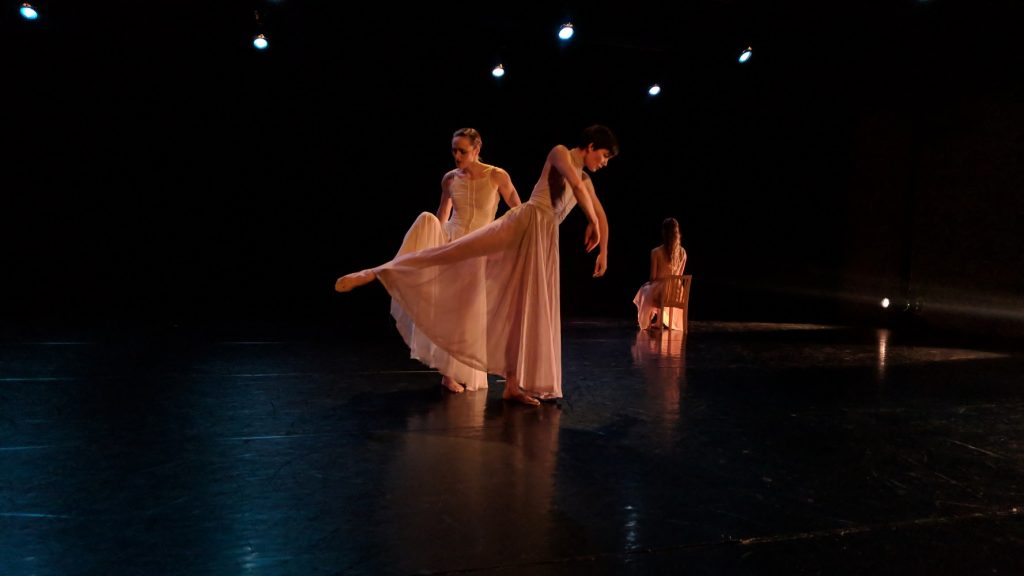
Nancy Evans Dance Theatre in Nikolaos Doede’s “There Between” – Photo: Roger Martin Holman for LA Dance Chronicle
In regard to the National Choreographers Initiative Lynch wrote, “I decided it would not be prudent to bring 4 choreographers and 16 dancers from all over the country to participate. So, I decided to postpone NCI to 2021.” After informing the scheduled participants of this cancelation, Lynch invited the choreographers to the next summers program. Fortunately for all, everyone accepted.
“As an individual, and a teacher in a high school, I had to dive in full-bore to figuring out ways to continue teaching dance online in a meaningful way.” Doede (Nancy Evans Dance Theatre) said and explained that it was a severe learning experience that she is still working at mastering. “As a company, we had several meetings online and determined that we needed to adapt to an online presence, not just for now, but for always. Of course, our aim is to be in a live setting again. However, an online presence is necessary in order to keep the company’s visibility.” Doede continued. Like many, she noticed that if her company could harness the virtual environment, this was an opportunity to reach an even larger audience. “We have initiated a collaborative project between our dancers and dancers from Portugal, Brazil, Japan, and South Korea that is in the process of being edited for viewing online that revolves around the concept of “what is global community if we don’t personally connect with someone on a different part of the globe? We are also working on putting our solo show online in September,” she said adding that they also have company class online.
Like many within the arts community, Sternberg (Donna Sternberg & Dancers) began investigating how to make use of technology and to produce online events. She was determined, however, to stay true to her artistic vision and her company’s mission of building bridges between dance and science and to form collaborations with other dance companies from a diverse range of cultural backgrounds. “So, I pivoted to thinking about presenting virtual events with conversations. I charged into the world of Zoom even though I don’t consider myself technically proficient,” Sternberg wrote. “I decided I would rather try doing something new even if it was uncomfortable and I might fall flat on my face than do nothing, so I took a chance.” She admitted to being extremely nervous during her first Zoom event and likened it to how she felt years ago before a live performance. Fortunately, the experience went well and the reception was incredibly positive. “…so many thoughtful comments and questions, and I was able to bring together various people who worked on the dance that we showcased including the scientist I worked with (who lives in MN), my costume designer and my dancers. It made for a lively conversation.” She added.
Shilling (Alexx Makes Dances) had a lot to contribute on the subject of the use of technology, its effects on her teaching and her students and her company members. She used her teaching as a “microcosmic Laboratory for asking their questions and trying on different strategies,” She used the time to learn the technology, but was, in truth, grieving for what she was not able to do – work together with her dancers and students in a large air-filled studio and “to fly through, the impulses and information we share when we dance together. When I wasn’t teaching, I started learning how to make stop-motion animation films with my partner and composer Julio Montero of the band Cuñao.”
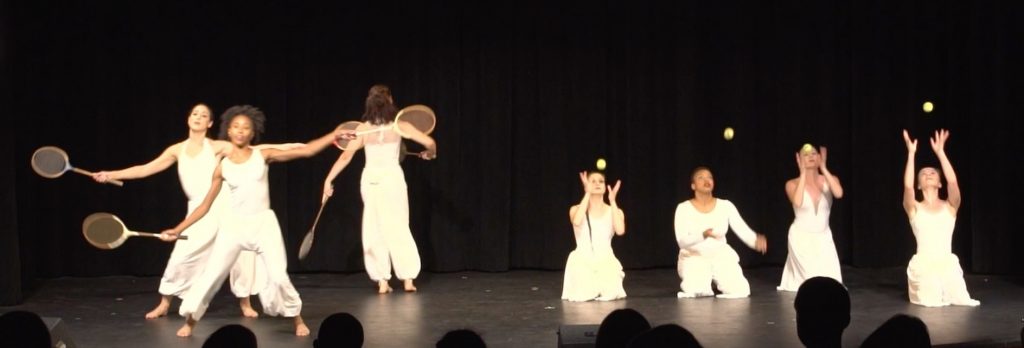
Los Angeles Choreographers & Dancers/Louise Reichlin & Dancers – “Tennis Dances” – Photo courtesy of the company.
Shilling began to view the computer monitor as a “small wonderland or toy theatre”. She found herself focusing on choreographing objects rather than bodies. “… and the choreography of objects “…..perhaps because they didn’t remind me of what I was missing.”
Noticing, however, that her students appeared not to be bothered as much by these limitations, Shilling began to feel a larger responsibility when she herself was taking Zoom classes. “The ways we are seeing each other and being seen are different. People were flying through bedrooms and careening off beds! Taking their devices outside for wild duets with trees and animals! The walls of the studio had been removed even as the walls of our home spaces sometimes feel like they are closing in on us.”
Shilling’s company began meeting weekly on Zoom, hoping that their performances were postponed rather than cancelled. They became involved with the writing of new dance works that might one day be performed live. “In addition to checking in with each other, we began working on pieces of writing that would be prototype for a spoken script to be used in performance. Now, a few months later, I am working on a Nothing There There (Topography) ‘zine with the performers and graphic artist Betsy Medvedovsky,” Shilling wrote. “I’m interested in allowing the piece to take on another form – a textual and visual adaptation – that could both stand on its own and serve as a partner for the piece when it is finally performed live.” Writing has become particularly important to Shilling’s well-being during the pandemic as well as nurturing the collaborations with other artists that she is working with.
“We had been looking for an avenue to share our thoughts and process around choreography and site, memory and place, land ontology and erased histories, and personal ancestral lineage as they show up in our dances.” Shilling stated. “I’ve also been in collaboration with playwright and dramaturge (and fellow Wallis Annenberg Helix Fellow) Lisa Kenner-Grissom in movement, writing and photography. So, this time has opened up possibilities for dance to translate through and with other media, and artists working in other media.”
Bringing up the topic of the Black Lives Matter movement, Shilling said that it has become foremost in her thoughts and daily actions. “I feel this is also a time for reflecting on my choreographic voice and the underlying values that show up in everything from rehearsal environment to relationship to audience and so on. With performers Madison Clark, Daniel Miramontes, Justin Morris, Katelyn Sanchez and composer Zaq Kenefick, there is a collective intention towards re-imagining the work as the world shifts around us. I want to keep learning about how to invite the performers’ individual experience and identity to be present in the piece as it develops.”
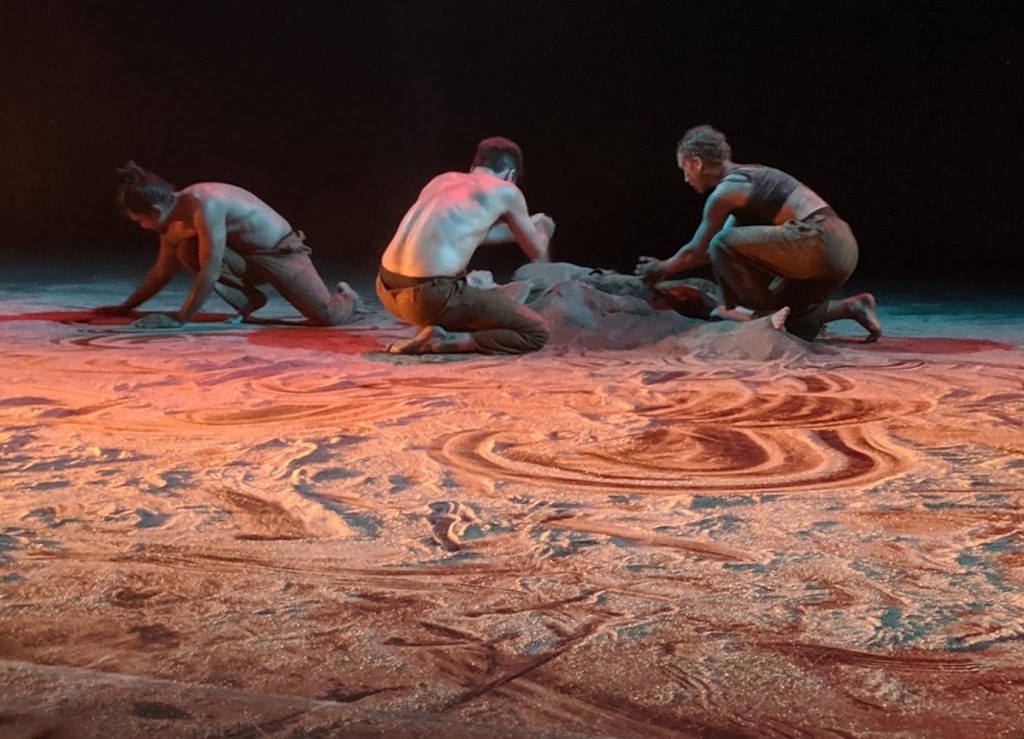
Psychopomp Dance Theater in RELICS: Return To Clay – Photo: Roger Martin Holman for LA Dance Chronicle
Harris (Psychopomp Dance Theatre) laid everything out in an agenda format. 1. Teaching prehab/rehab or strength and conditioning classes for dance community to stay healthy and strong. ( our body is our instrument) at low cost. 2. Teaching online dance class focusing on things like performance quality, dance for camera, filling body in small space etc. etc. 3. Creating solo work on my own body for future performances or future larger works. 4. Creating a new video currently that is in editing process with the Psychopomp team of isolation dances. (rules: one camera, one dancer, in location in house). 5. Begin planning an in school dance program for underserved communities focusing movement, nutrition, body awareness and self-expression. “This is something I had wanted to do and now have time to imagine.” Harris added.
“The elimination of gathering audiences and collaborators halted all active programming, for in many ways, dance is inherently the opposite of social distancing,” stated Brown and Rodenhouse (MashUp Contemporary Dance Company) whose company’s programming was immediately interrupted by the Stay-at-Home order. “We evaluated each of our projects, open grants, pre-existing contracts, and commitments to our artists to determine the best route forward.” They began planning how to best serve their community during these dire times and still continue to create quality work. “A few projects were outright cancelled, others were postponed, and a handful went virtual. This process took a significant amount of planning and time; we revisited budgets, creative decisions, and logistics within the ever-evolving COVID-19 regulations. Long-term, we are still considering our options and how this moment might force us to reimagine our company’s annual programming.” Cordano answered. “That said, in the short-term, we have transformed our annual National Women’s Equality Day program into a live streamed virtual experience.”
“Working on collaborations with institutions and artists in new ways for the digital space has been exciting,” McDaniel (Blue13 Dance Company) stated. “For example: working with The Music Center to reimagine Dance Down Town LA (DTLA) into the digital space, I worked as a consultant with them and with a group of dance instructors to do so, and ended up teaching the first Digital Dance DTLA in July, which was cathartic and exciting.” She also stated that she worked with the Black Lives Matter movement and has received a great deal of positive feedback. The pandemic has helped her company to organize and create a way to advocate and “dismantling oppressive and racist systems that pervade all races and cultures, all fields and sectors, across the globe,” she wrote.
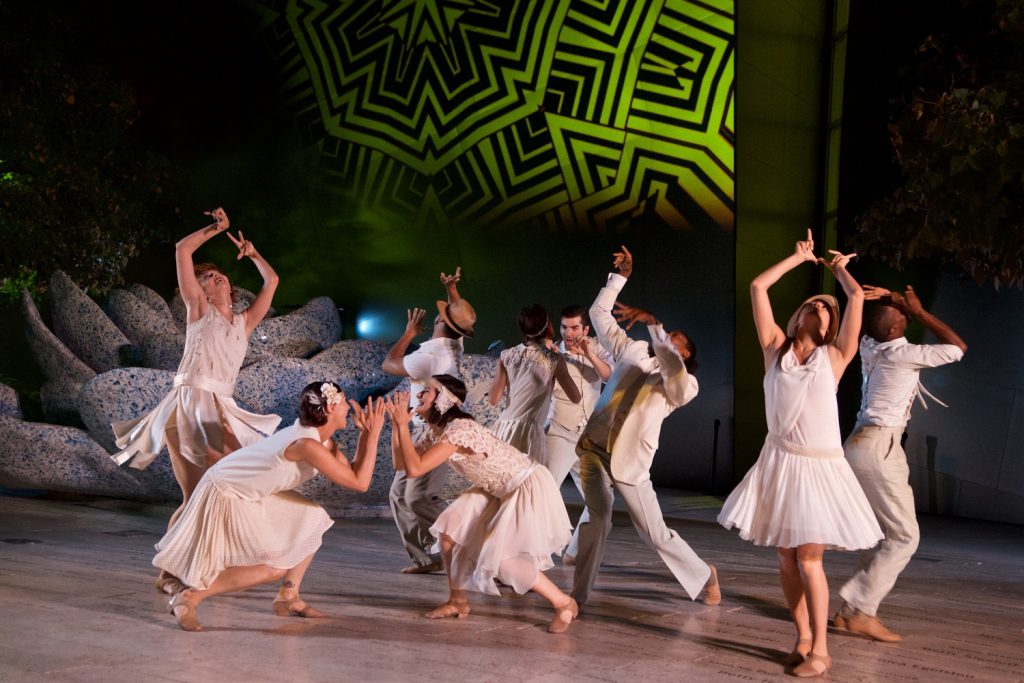
Mixed eMotion Theatrix – “Gatsby Redux” for Los Angeles Music Center, Moves After Dark. Performed in the Blue Ribbon Garden of Disney Hall – Photo Credit: Barry Weiss
Sefton (Clairobscur Dance) is currently working on three unique projects. “A new live site-specific work created for socially distanced dancers, with audience members in a safe place This is a work in which the audience will participate in a unique way, which lead me to another project, in which I am in the beginning stages of developing an app to make this performance even more interactive for the audience,” Sefton wrote. “I have just started meeting with my development team. I am really excited about the app and the new work together they will be a groundbreaking way to experience live performance. My third project began with a meeting with David Mack, the Executive Director of Invertigo Dance Theatre in which we met to catch up, discuss the implications of the California Assembly bill 5, which mandates most individual contractors will have to be hired as employees. This bill went into effect in January and had already had a devastating effect on the local dance economy even before the pandemic. The short story is that David and I are now Co-Chairs of a new organization: LA Dance Coalition. We are just starting out but are excited about the group we are working with and what we hope to achieve.” The coalition’s Leadership Task Force includes Deborah Brockus (Los Angeles Dance Festival), Achinta McDaniel (Blue13), Judith Helle (Luminario Ballet), Brian Eldering (Executive Director at Lineage Contemporary Dance), Tamica Washington-Miller (Lulu Washington Dance Theatre), Eugene Hutchinson (Arts Administrator), as well as Mack and Sefton. Their mission grew out the lack of funding for LA based organizations and in support of Black Lives Matter. “Our mission statement is: To advocate for the professional performing dance companies of Los Angeles. To equitably increase the visibility and sustainability of these companies, while working to dismantle systems of white supremacy, sexism, ableism, anti-Blackness, anti-Semitism, classism, and LGBTQIA oppression across the sector. I am so proud of the work we are doing together,” Sefton added.
As a former dancer and choreographer, and one who currently writes about Dance in Los Angeles, I too am enormously proud of how these artists have risen to the occasion, to stay connected and to continue to create dance art. It may not be their best work, but it might just lead some into areas that they had not previously envisioned.
Part IV will answer two questions. One is of funding. What grant monies were or were not available to dancers and dance organizations during the pandemic to cover rents, lost income, salaries, food, etc. I also asked the artists to explain how they feel this pandemic has affected the dance community in LA as a whole.
Once again, special thanks to all the dance artists who contributed to this multi-part series.
To read Part I, click HERE. To read Part II, click HERE.
Written by Jeff Slayton for LA Dance Chronicle.
Featured image: Reimagine image from the web.

